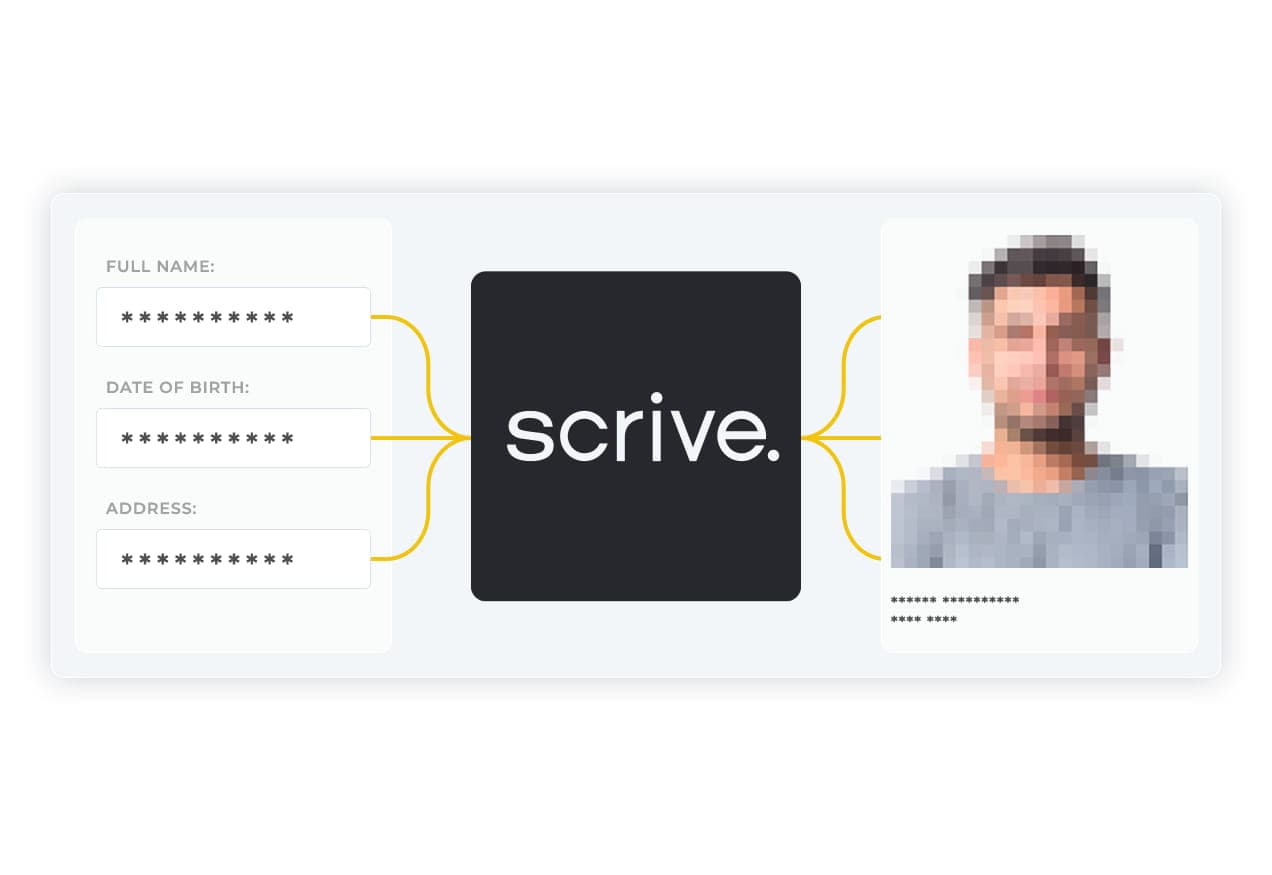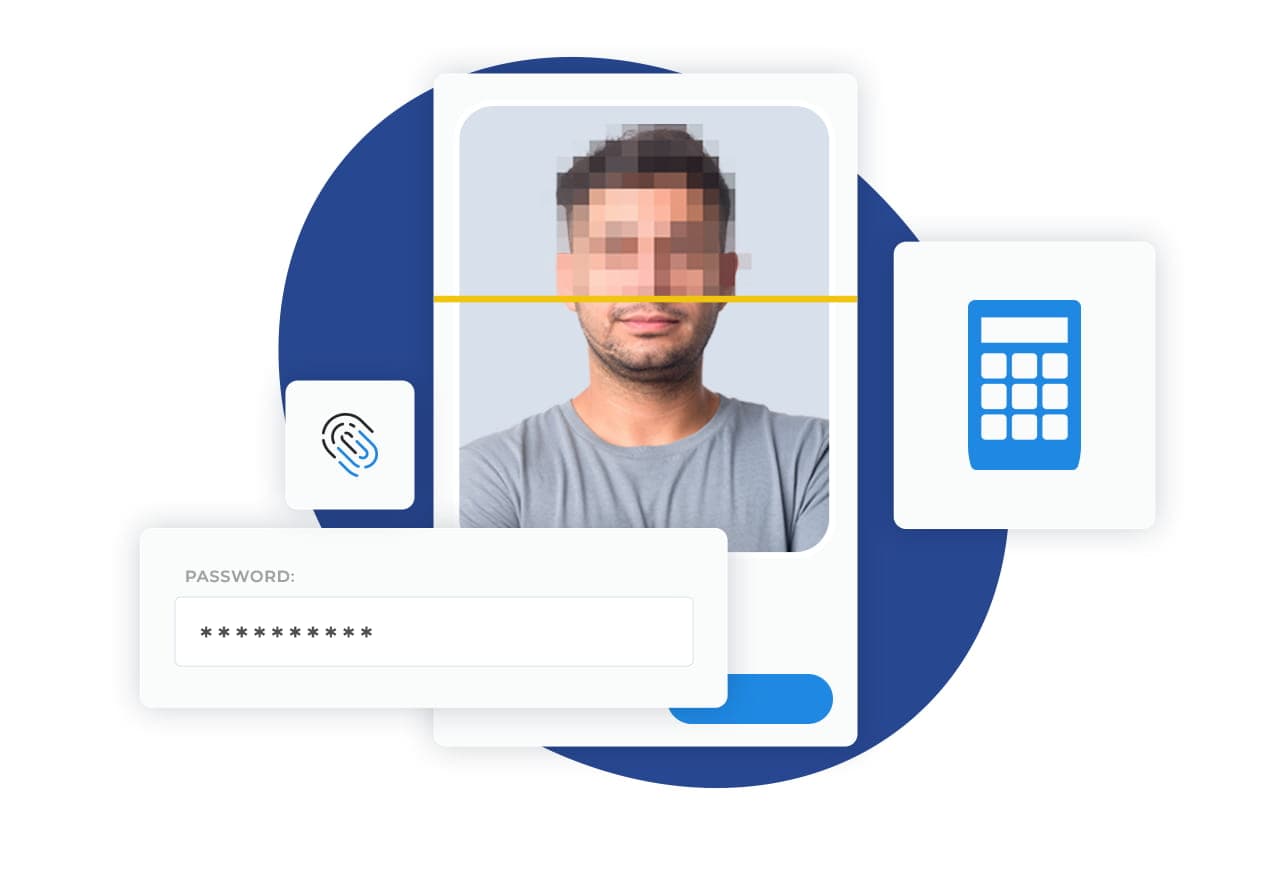Authentication vs identification
Learn the difference between identification, verification, and authentication. Understanding these concepts is crucial as they impact privacy, security, and access control. This article explains these differences, why they matter, and when to use each term.


Improving user Identification and Authentication with Scrive’s eID Hub
By using Scrive’s eID Hub you can identify the users of your systems and then authenticate them via eID verification.
According to the eIDAS regulation, authentication is defined in levels of assurance (LoA). These range from Low, Substantial, to High. Most eIDs provide at least the substantial level of authentication, with some reaching the high level.
For example, when a user logs on to a system by entering a user ID and password, the user ID is used to identify the user. The system authenticates the user by checking that the supplied password is correct when the user attempts to log in.

The importance of authentication
Verifying the identity of a user or customer is essential for several reasons. Whether they are accessing sensitive information, age-restricted items or content, or if your business needs to meet regulatory requirements by gathering specific customer or user information, authentication plays a vital role.
In industries like banking and finance, KYC and AML regulations, sanctions, and PEP checks are common concerns. Regulatory compliance in these industries not only involves large sums of money but also significantly impacts organizational reputation and the bottom line.
Moreover, providing your customers with peace of mind when using your services is an incredibly effective way to build and maintain trusted relationships.

Utilising different factors of authentication:
When talking about multi-factor authentication, these factors refer to different ways of identity verification. Typically these are split into something:
- you know (e.g. password/personal identification number (PIN))
- something you have (e.g., cryptographic identification device, token)
- or something you are (e.g., biometric).
A well-known example is the two-factor authentication (2FA) method used by banks. You log in with a username and password (something you know), then confirm your identity with a token or key fob (something you have).
In regions like the Nordics and Baltics, companies and banks are using eIDs for this purpose. Scrive provides several methods to implement eID authentication.
Conclusion
Now that you understand more about authentication, identification, and ID verification, what should you do next? Depending on your objectives, it might be beneficial to explore how you can implement these practices within your organisation. If you already have some ideas or need further guidance, feel free to reach out, and we’ll assist you in taking the next step on your digitalisation journey.